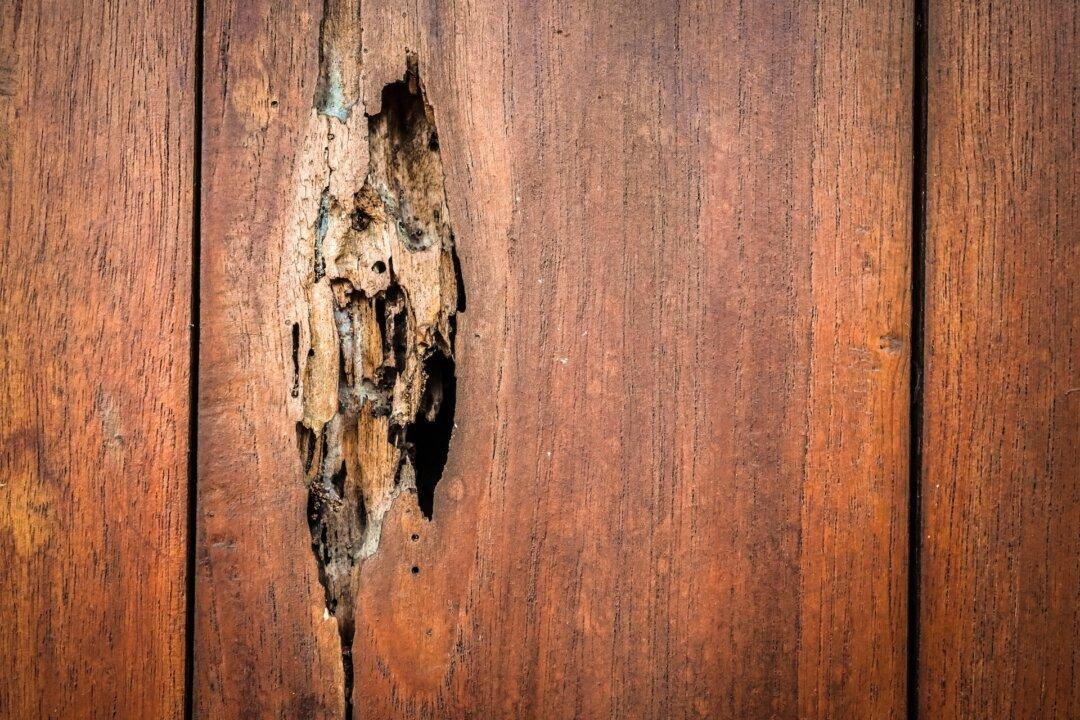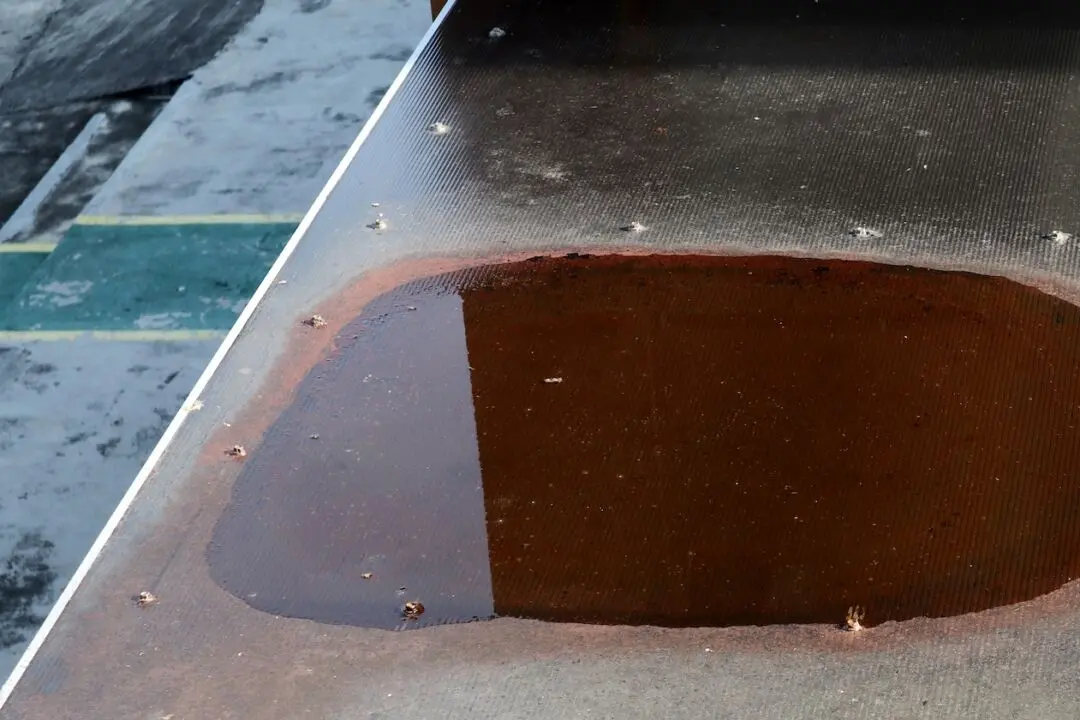Dear James: We have problems with insect damage in our area. When doing a major remodeling project, should we treat all the lumber with spray-on borate chemicals for protection? —Brittany K.
Dear Brittany: It is surprising how fast termites or carpenter ants can hollow out a piece of lumber. You may not notice it for quite a while until you see a spot on the wood surface. The wood can literally collapse when you push on it. Once you find a problem, it is very difficult to get access to completed structures.





